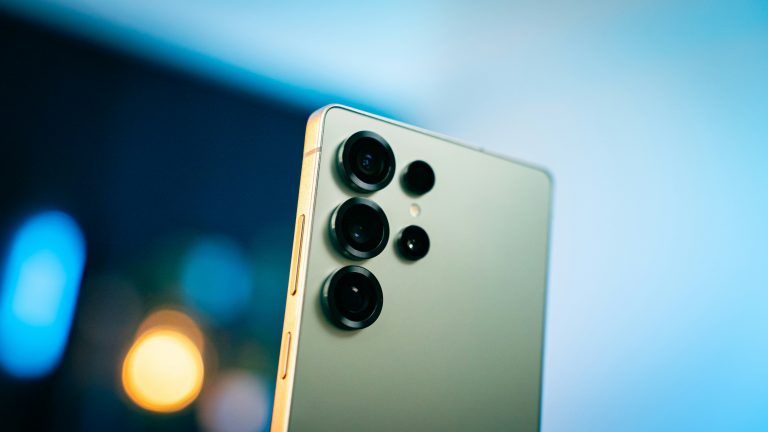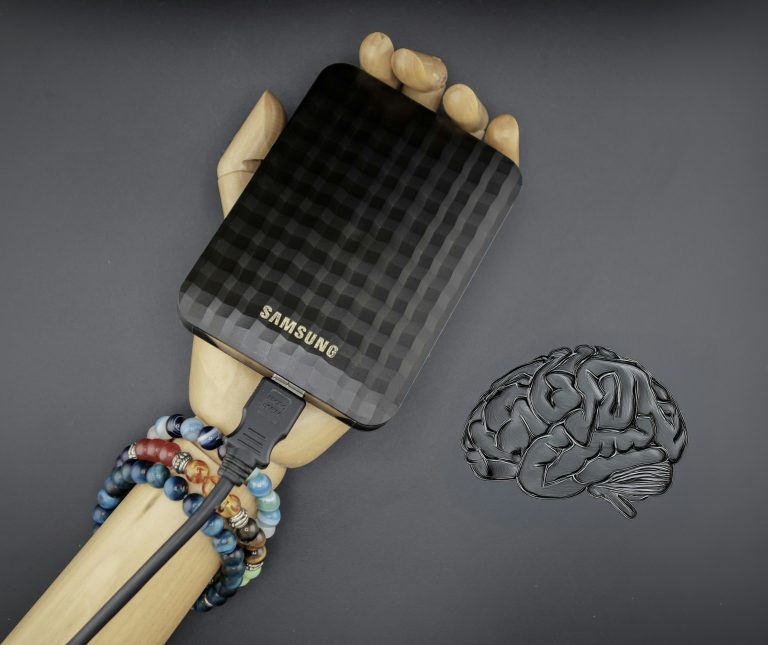How Augmented Reality (AR) is Transforming Shopping
2 Introduction
1 Imagine trying on clothes or testing furniture in your home without stepping into a store. Augmented reality (AR) is turning this possibility into reality.
2 AR technology overlays digital information onto the real world, and in the shopping industry, it’s revolutionizing how consumers shop, make decisions, and experience brands.
3 AR is not only enhancing the shopping experience but is also reshaping retail strategies, customer engagement, and even supply chain logistics.
3 What Is Augmented Reality (AR)?
1 Definition: AR blends digital content with the physical world in real-time through devices like smartphones, tablets, and AR glasses.
2 Key technologies: Computer vision, depth sensing, and real-time rendering.
3 Difference between AR and Virtual Reality (VR): AR enhances the real world, while VR creates an entirely virtual experience.
4 AR in Fashion and Apparel
1 Virtual try-ons: Using AR to “try on” clothes, shoes, or accessories through a phone screen or smart mirrors in stores.
Example: Companies like Nike and L’Oreal are using AR to allow customers to see how products look on them before purchasing.
2 The benefits: Reducing the need for physical try-ons, boosting online conversion rates, and enhancing the customer experience.

5 AR in Home Goods and Furniture
1 Virtual placement: AR allows customers to visualize how furniture or decor items will look in their homes, without the need to physically move products.
Example: IKEA’s IKEA Place app lets users place virtual furniture in their living rooms, helping them make more informed purchase decisions.
2 Reducing returns: AR helps consumers make better choices, leading to fewer returns and greater satisfaction.
6 AR in Beauty and Cosmetics
1 Virtual makeup try-on: AR allows consumers to see how makeup products will look on their skin, including shades of lipstick, foundation, or eye shadow.
Example: Sephora’s Virtual Artist lets customers try makeup looks via their phone or in-store kiosks.
2 The impact: Enhancing personalized shopping experiences, boosting sales, and minimizing product wastage.
7 AR for Enhanced Product Discovery
1 Interactive product information: AR can provide instant access to detailed product info, customer reviews, and how-to videos through simple scans of QR codes or product packaging.
Example: Amazon’s AR View allows customers to visualize products in their space before buying.
2 Enabling deeper product exploration and informed decision-making.
8 AR in In-Store Experiences
1 Smart mirrors and kiosks: In physical stores, AR-enabled mirrors or kiosks let shoppers try on clothes virtually or explore personalized recommendations.
Example: Burberry and Rebecca Minkoff have incorporated AR mirrors in stores that let customers try virtual clothing and accessories.
2 Blurring the lines between online and in-person shopping, creating a hybrid experience.

9 AR in Retail Marketing and Engagement
1 Gamification and promotions: AR creates interactive marketing campaigns where consumers can engage with brands in a fun and engaging way, unlocking discounts or exclusive content.
Example: Brands like Pepsi and Coca-Cola use AR to create interactive ads or experiences through mobile apps, turning simple billboards or packaging into digital touchpoints.
2 Increasing customer engagement, driving sales, and building brand loyalty.
10 The Future of AR in Shopping
1 Personalized shopping: AR, combined with AI, can offer highly personalized shopping experiences based on user preferences, history, and real-time data.
2 AR-powered navigation: In-store AR can guide customers through stores, highlighting promotions, deals, and items on their shopping lists.
3 Social shopping: AR can integrate with social media, enabling users to shop directly from Instagram or Snapchat in a fully immersive, interactive experience.
11 Challenges and Considerations
1 Technical limitations: Ensuring AR experiences are smooth, accurate, and consistent across devices.
2 Cost: Implementing AR technology can be expensive for brands, particularly small businesses.
3 Privacy and data security: With AR collecting data on user preferences and behaviors, concerns around privacy and data usage need to be addressed.
4 Consumer adoption: While AR has gained traction, not all consumers are comfortable using it or have access to the necessary technology.
Conclusion
1 Summary: AR is radically transforming shopping, blending the physical and digital worlds in ways that enhance customer engagement, improve decision-making, and drive retail innovation.
2 Call to action: As AR becomes more mainstream, retailers must stay ahead of the curve by adopting these technologies to deliver immersive, personalized shopping experiences while also addressing the technical, privacy, and cost-related challenges.






